In 2011, on the Wednesday before the Super Bowl, a new Volkswagen commercial popped up on YouTube. “The Force” featured a kid ambling about his house dressed as Star Wars’ Darth Vader while attempting to use the Dark Side on everything from the family dog to the new Passat sitting in the driveway.
From the early 1980s—when Super Bowl ads became as anticipated as the game itself—until that moment, advertisers generally kept their spots under wraps, careful not to jeopardize the big reveal. But for the 2011 Super Bowl, Volkswagen was in a bind. The company had bought two 30-second spots—one for “The Force,” advertising the new Passat, and another called “Black Beetle,” showing off the new Jetta, both created by the ad agency Deutsch. But everyone involved felt a 60-second version of “The Force” was their best work. It was just too long to play during the game.
VW’s marketing team also knew they were facing big obstacles on game day: the company hadn’t run a Super Bowl ad in over a decade, and the two commercials they planned to run would be competing against multiple spots from larger automakers with more ad dollars. The ad execs heading up Deutsch, meanwhile, were well aware of how valuable Super Bowl ads had become for their clients and how anticipated they were by viewers. That year, the cost of a 30-second spot for an estimated Super Bowl audience of 110 million had hit $3 million, and Deutsch wanted to get as much mileage out of the ad as it could. One possible way to stand out was to release “The Force” early, even though it defied what was widely accepted as smart advertising strategy around the biggest ad day of the year. So four days before the game, the ad showed up on YouTube. The ad’s creators had no idea how it would be received.
“It’s hard to think about now, but at the time, it was not the conventional wisdom to air or put online a commercial that was meant for the Super Bowl,” says Tim Ellis, who was the head of marketing for Volkswagen North America at the time and is now the chief marketing officer for video game maker Activision. “The wisdom was you hold it, because you would get the most value out of that impression by waiting.”
Ellis says it was a controversial decision to run it early, even among the ad agency and VW’s marketing team. “But I thought if everything goes right, this thing will catch fire and go viral,” he says.
By 8 a.m. Thursday, “The Force” had been viewed 1.8 million times on YouTube and had racked up 17 million views before kickoff, according to figures provided by Deutsch. Today, “The Force” has 61 million views on YouTube and is still the most shared Super Bowl ad of all-time and the second most shared TV commercial ever.
“It paid for itself before it ever ran,” says Mike Sheldon, CEO of Deutsch North America.
MORE 5 Ways This Year’s Super Bowl Ads Will Be Like No Other
The ad’s runaway success changed how advertisers approach Super Bowl Sunday ever since. Instead of standalone spots, Super Bowl ads have become the anchors of extended marketing campaigns with vast social media presences often launched weeks before the game. This year, more than 20 brands have already released their full Super Bowl ads or special teasers for them.
“Super Bowl advertising has changed fundamentally,” says Tim Calkins, a Northwestern University marketing professor. “It’s gone from being a one-time event to a months-long marketing campaign.”
For years, the Super Bowl ad was a fleeting thing. 1984—the Apple ad still widely considered the greatest Super Bowl commercial—aired just twice, once in 10 local outlets on Dec. 31, 1983, and once more during the game the following month.
As the audience for the game grew, brands expanded their Super Bowl marketing budgets (think Budweiser’s talking frogs and Pepsi’s splashy productions with Ray Charles and Cindy Crawford). During the first Super Bowl, the average cost of a 30-second spot was $40,000 ($280,000 when adjusted for inflation). This year, NBC is charging $4.5 million, and at least one NBC executive claims that the exposure brands get during the Super Bowl is closer to $10 million in value. And as our media consumption habits have been transformed by social networks and mobile devices, a Super Bowl ad now needs to resonate on social media to be considered successful. Budweiser, for example, has launched the social media campaign #BestBuds urging people to help a rancher find his lost puppy in its latest spot, and Pepsi and ShopTV will send out tweets during Katy Perry’s halftime performance with links for viewers to buy related merchandise.
“What was just a bunch of 30-, 60-second TV commercials, everybody now has turned this into a full-on social media integrated play,” Deutsch’s Sheldon says. “I don’t look at Super Bowl ads as TV commercials. The Super Bowl is a social media and PR phenomenon that has a number of integrated components in which one is a TV commercial.”
MORE Watch Victoria’s Angels Play Football (in Actual Football Attire)
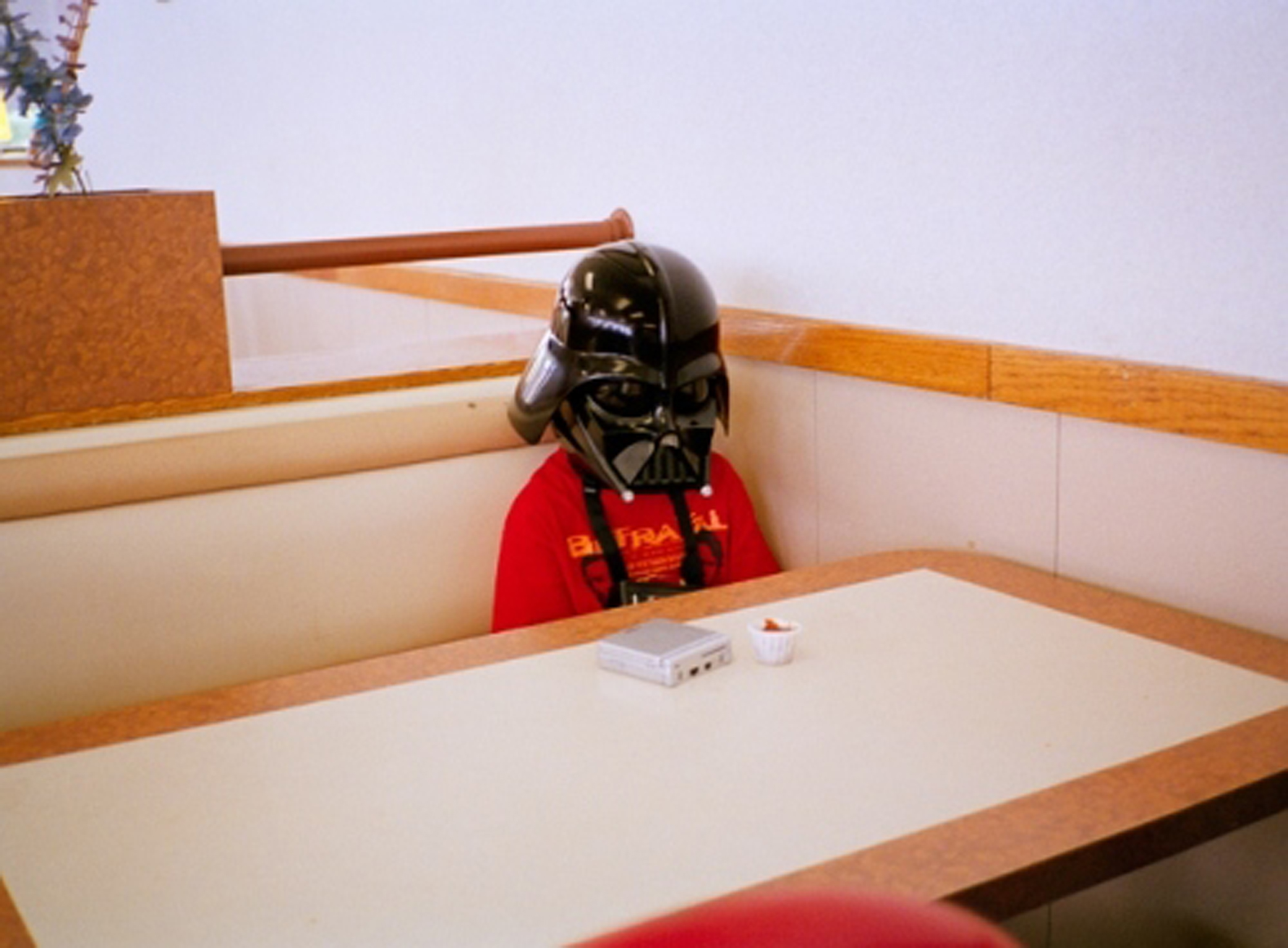
More than any other ad agency, Deutsch appears to have been the first to recognize that new paradigm. Back in 2010, when the agency won a bid to develop the TV campaign for Volkswagen’s Jetta and Passat lines, employees in Deutsch’s Los Angeles offices had placed funny photos above their four-color copy machine, one of which was a kid in a Darth Vader costume sulking inside a Burger King. That inspired the company’s creative team to come up with a spot featuring a similar kid dressed as the Star Wars villain who keeps failing in his attempts to use the Force around his home until he succeeds in turning on his dad’s new Volkswagen (the assist from his dad, who actually turned on the car, was a clever way to tout the Passat’s new remote starter). It was a perfect combination: the enduring popularity of Star Wars, childhood nostalgia, touching moments between a father and son, a narrative arc that went tidily from conflict to resolution, and plenty of humor thanks to a 6-year-old dressed as a notorious movie villain.
“If you don’t have all of these ingredients, the spot really doesn’t work,” says Tom Else, Deutsch’s VW account director.
Deutsch executives say it was a rare spot where there were essentially no changes or edits coming from inside creative or from the client.
“Very early on we knew it was extraordinary, but you can never predict what the world thinks is fantastic,” Else says.
Soon after it launched, “The Force” became the most shared TV spot of all-time, according to Unruly, which tracks and analyzes viral videos. The ad held the top spot for three years, until July 2014, when it was knocked off by a music video sponsored by yogurt brand Activia and featuring the singer Shakira. But “The Force” is still considered the most shared Super Bowl ad of all time.
“Every decade or so, there’s lightning in a bottle,” says Matt Jarvis, chief strategy officer of ad agency 72andSunny, which produced a popular Super Bowl ad for Samsung in 2013 and created a spot for Carl’s Jr. this year. “And I think this is one of those cases.”
Jarvis says “The Force” successfully used a combination of both earned media—YouTube hits, for example—along with paid media, such as a 15-second teaser spot that aired on “Saturday Night Live” the night before the game, to create momentum that continued through the Super Bowl.
“It was about building that wave and then riding that wave,” Ellis says.
It helped that the ad contained all the components of a viral hit. Unruly recently group-tested “The Force” and found that it still resonated with viewers, discovering that it hit five of 10 “social motivators” that Unruly’s execs say trigger people to share something. They found that viewers sent the ad to others in part because it reflected a shared passion with someone else (love for Star Wars, for instance) and that sharers believed it could be useful (their friend might be looking for a new car). But Unruly also found that it resonated on a more gut level, eliciting feelings of joy and surprise when the kid “turns on” the car, which researchers says is a key component in motivating us to share.
MORE Budweiser’s Super Bowl Ad About a Lost Puppy is an Emotional Roller Coaster
“It’s a great example of emotion,” says Jonah Berger, a marketing professor at the University of Pennsylvania and author of Contagious: Why Things Catch On, adding that the peaks and valleys of the kid failing and finally succeeding, as well as the nostalgia it can elicit, are the main triggers for why it went viral.
After “The Force’s” success, Deutsch sensed that other advertisers would start releasing their ads early as well. So in 2012, the agency released the first full-length ad for an ad when it launched The Bark Side, which included dogs bark-singing Star Wars’ Imperial March. For the game, it released The Dog Strikes Back as its official Super Bowl ad, which again included the Darth Vader Kid from the previous year’s commercial. Both ads have remained in Unruly’s top 20 viral Super Bowl ads of all-time.
Since “The Force,” advertisers have increasingly created teaser ads, alternate versions of their Super Bowl commercials, or have released the ad in its entirety early. Among this year’s efforts to gin up early buzz are a T-Mobile spot featuring Kim Kardashian, a teaser for a Nationwide ad with actress Mindy Kaling, and a Bud Light spot that debuted on “The Tonight Show With Jimmy Fallon.” Dove, meanwhile, posted a version of its ad almost two weeks before the game, while Lexus released its full ad more than two weeks before Super Bowl Sunday.
MORE Watch a Dude Run Through a Life-Size Pac-Man Game in Bud Light’s Super Bowl Ad
There are now essentially three groups of brands competing during the Super Bowl: those who release their ads early, those who tease their ads, and those who keep the ads a surprise. Northwestern’s Calkins says that for most advertisers, getting out early is often the best strategy.
“The Super Bowl builds over a matter of weeks, so if you’re a marketer, you have an opportunity to engage with customers for seven, 14, 21 days,” Calkins says. “You can really get some mileage from your creative.”
The challenge for Super Bowl advertisers, Calkins says, is twofold: breaking through the noise and saying something important about the product. “The hard thing is doing both of those things at the same time,” he says. “Ideally, you come up with an ad as charming as ‘The Force’ that also delivers a product benefit. But that is incredibly difficult to do.”
This year, Deutsch is working on two ads: one for mobile battery company mophie, and the other for Sprint. The company released the mophie spot on Thursday:
It’s designed to be understood even if you can’t hear the TV over loud and rowdy friends. “If you’re relying on some sort of audio or voice gag, it can get missed,” Sheldon says. “You can run that spot with no audio and you get the joke.”
But Deutsch is going in a different direction with its Sprint ad. While the agency has created a teaser, the actual ad won’t be released before the Super Bowl. The hope is that it can distinguish itself by swimming against the tide the agency helped create.
“When everybody else is screaming, the one whispering stands out,” Sheldon says. “It has a different volume than others. We’re breaking our own rules a little bit. It’s the kind of spot that you wouldn’t want to release early.”
The First Super Bowl: Rare Photos From a Football Classic

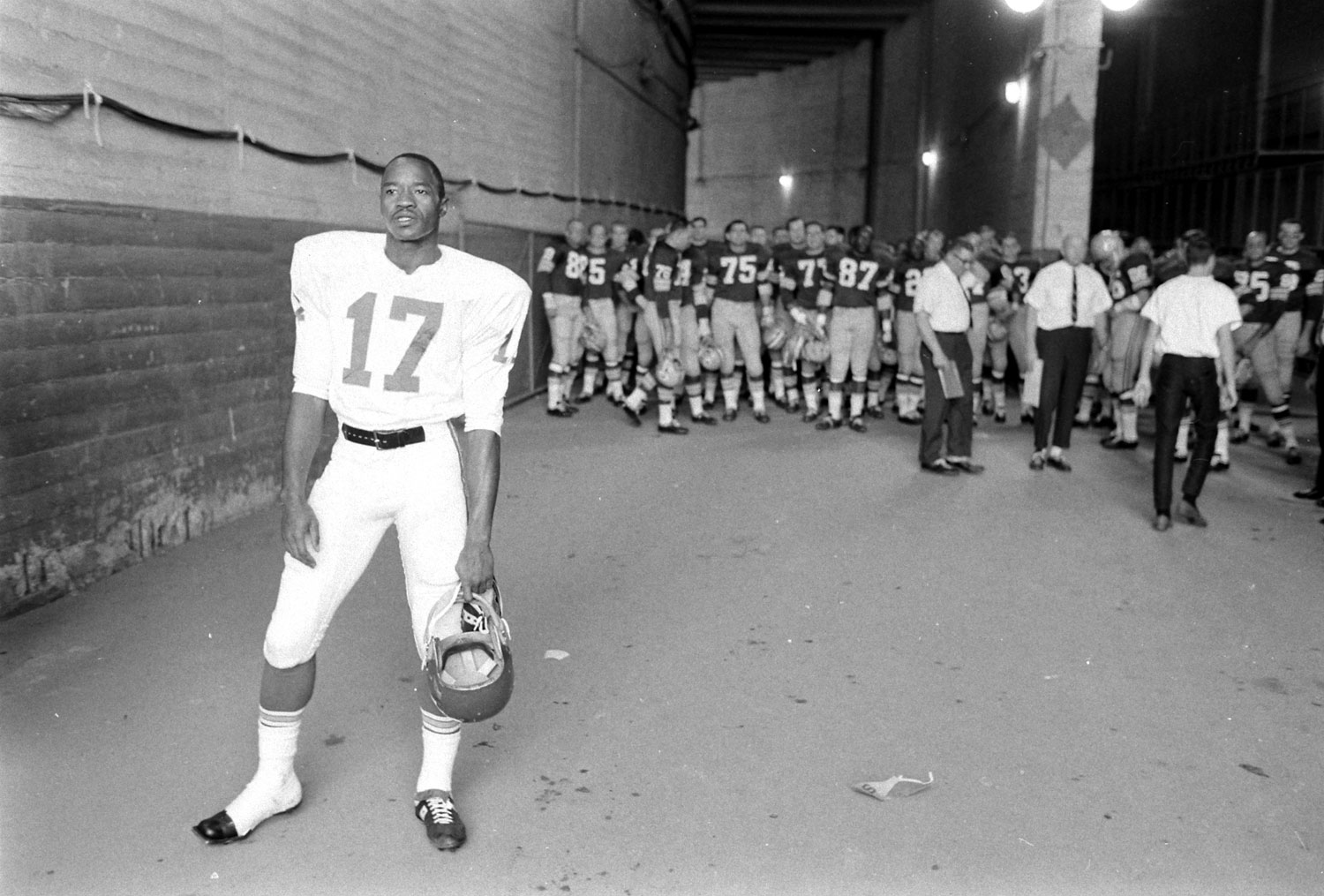



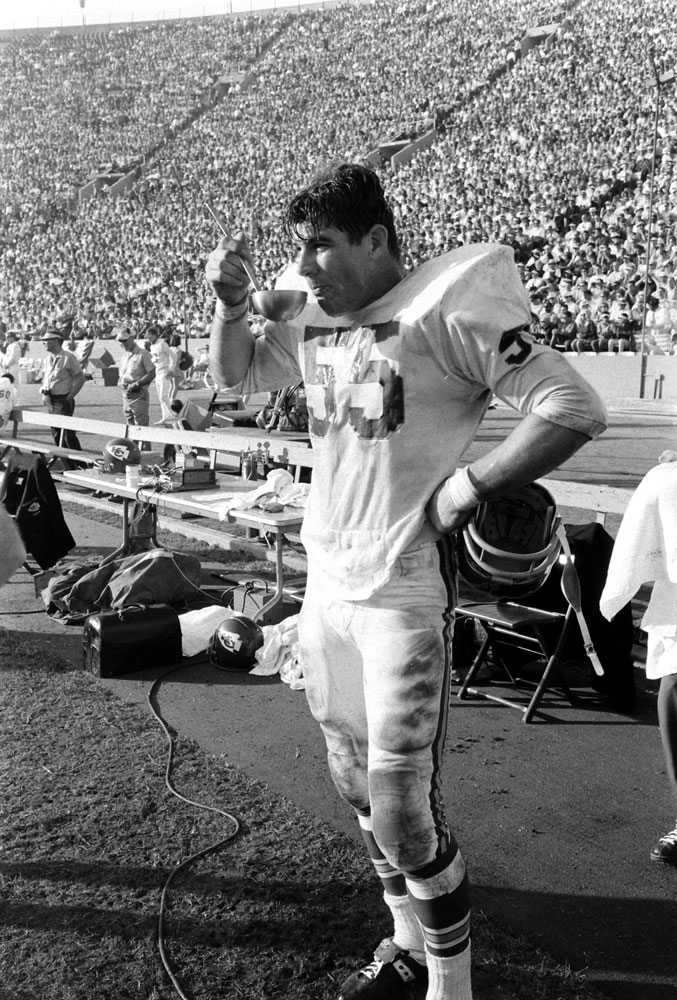
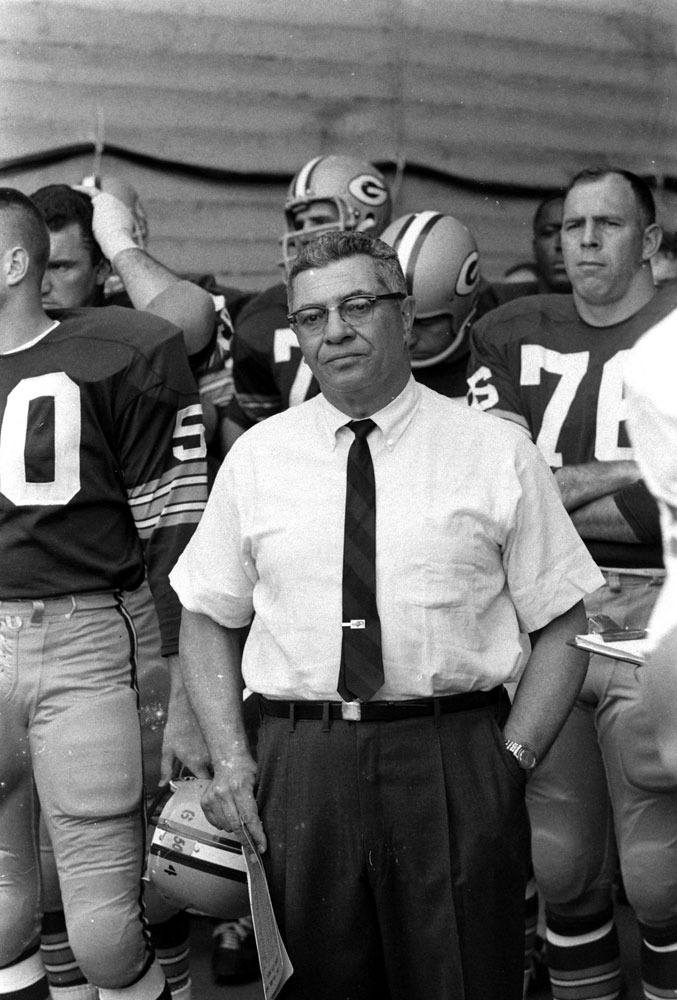
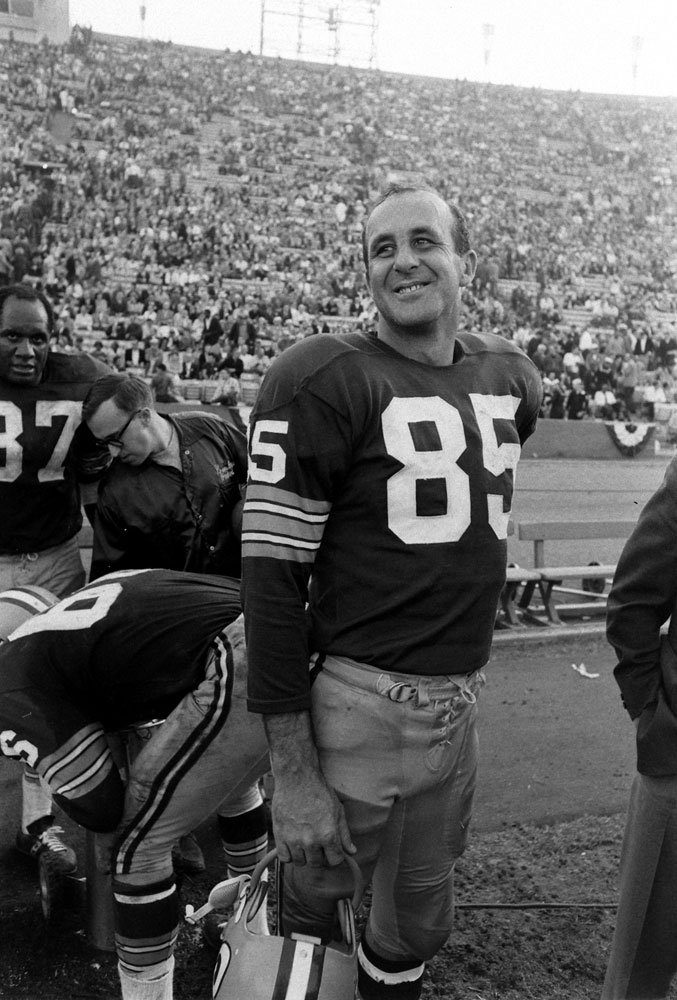
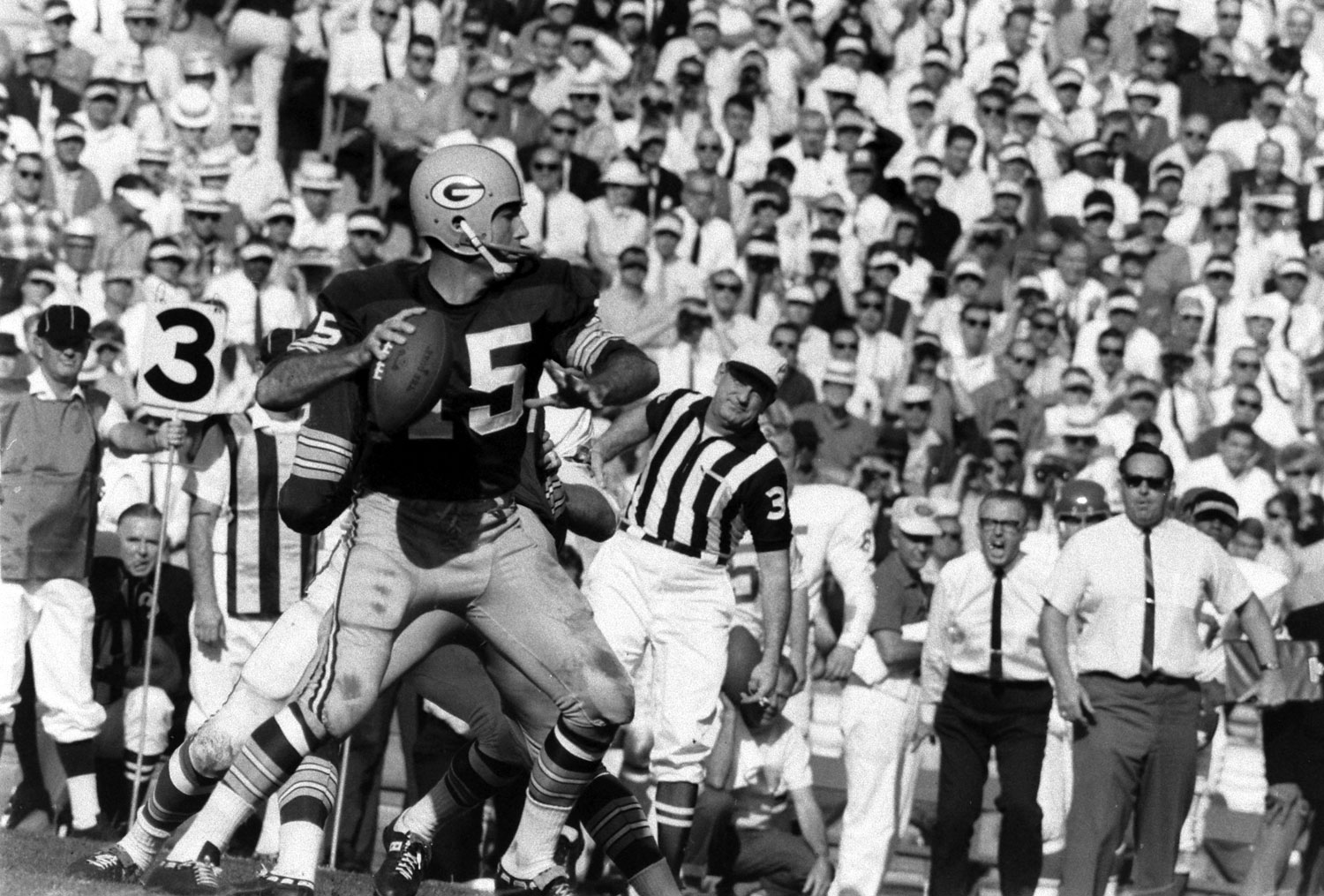
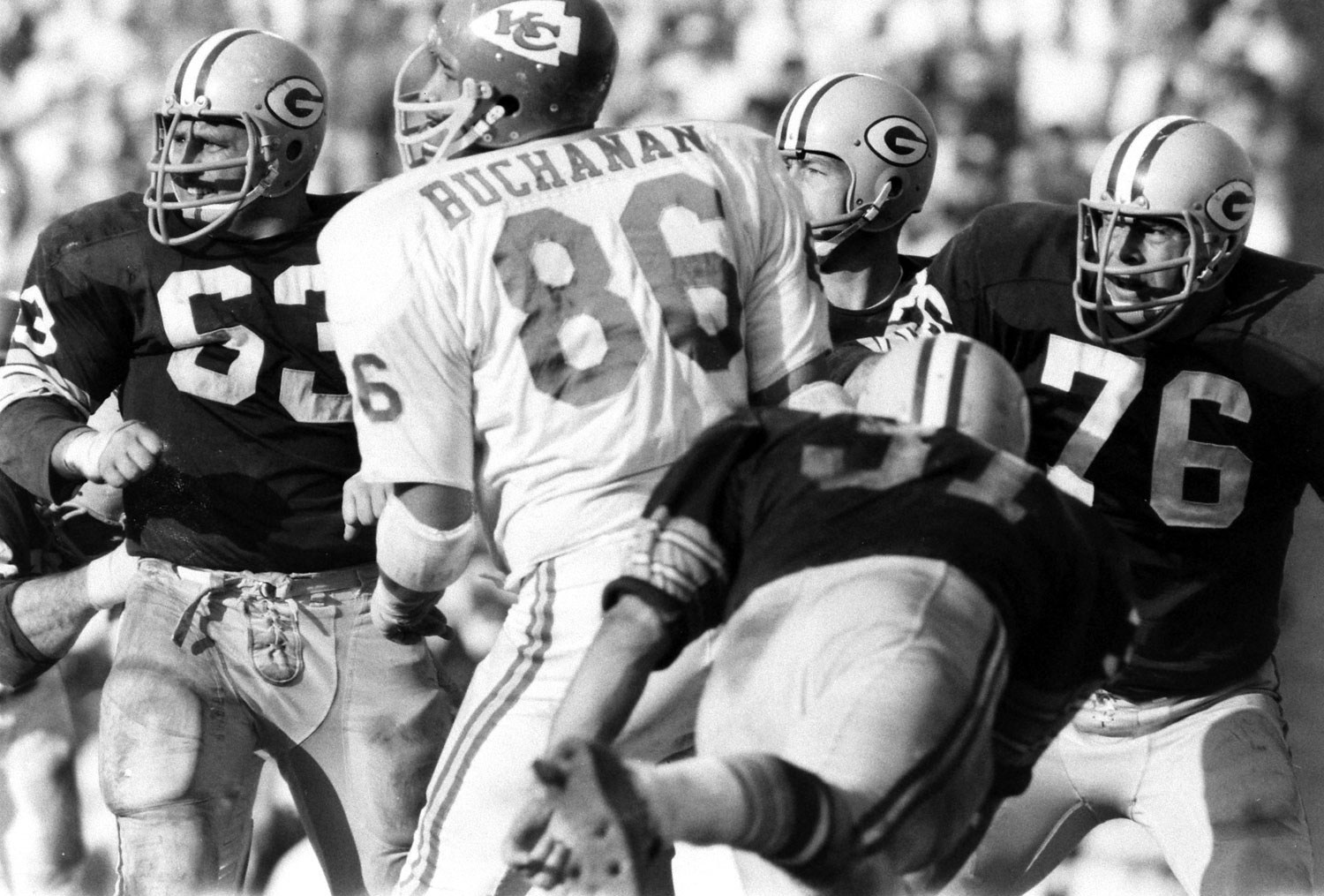
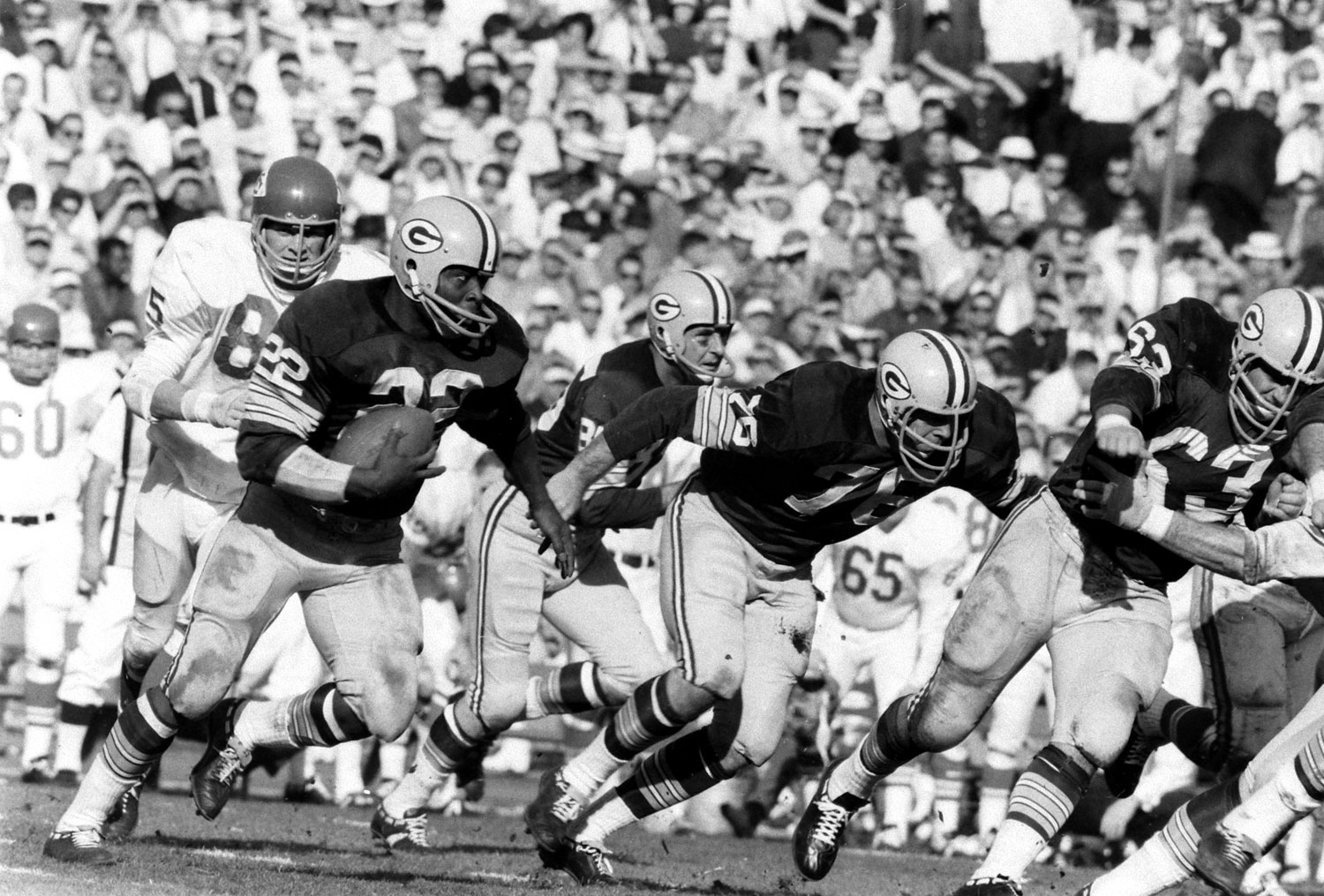

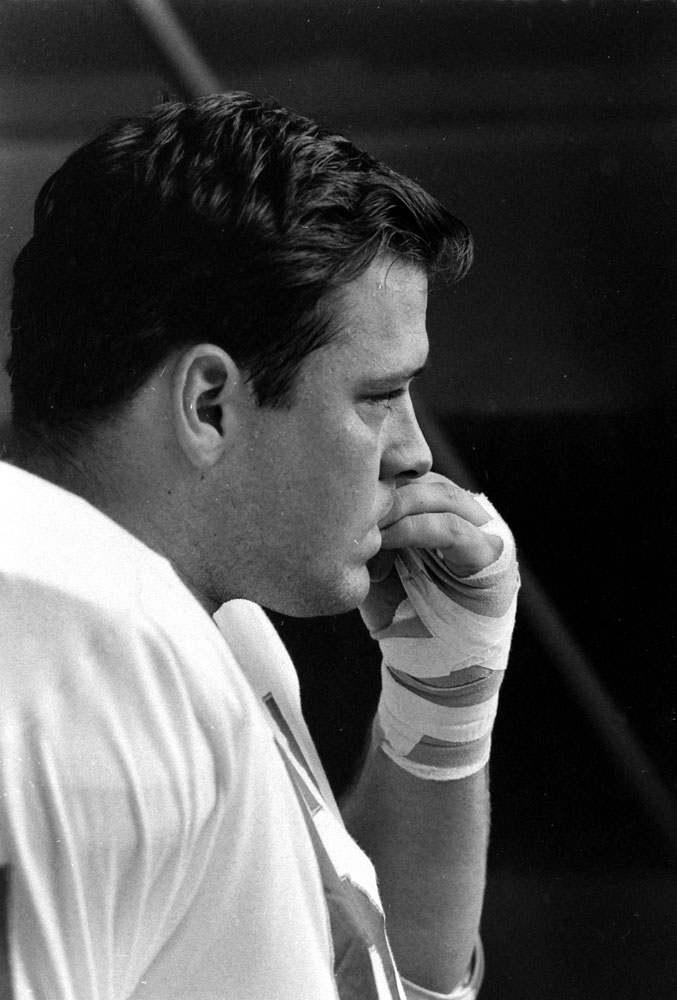

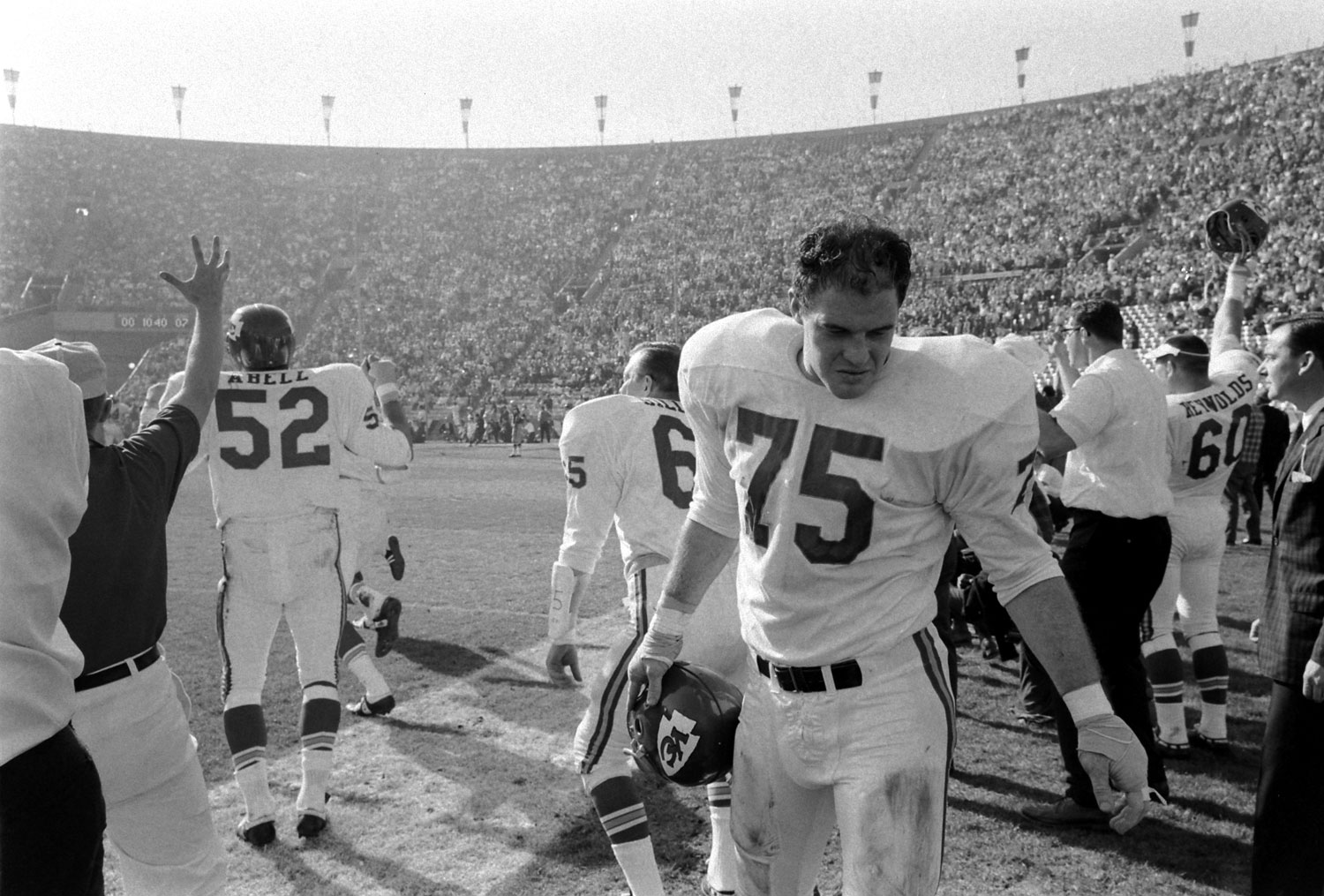
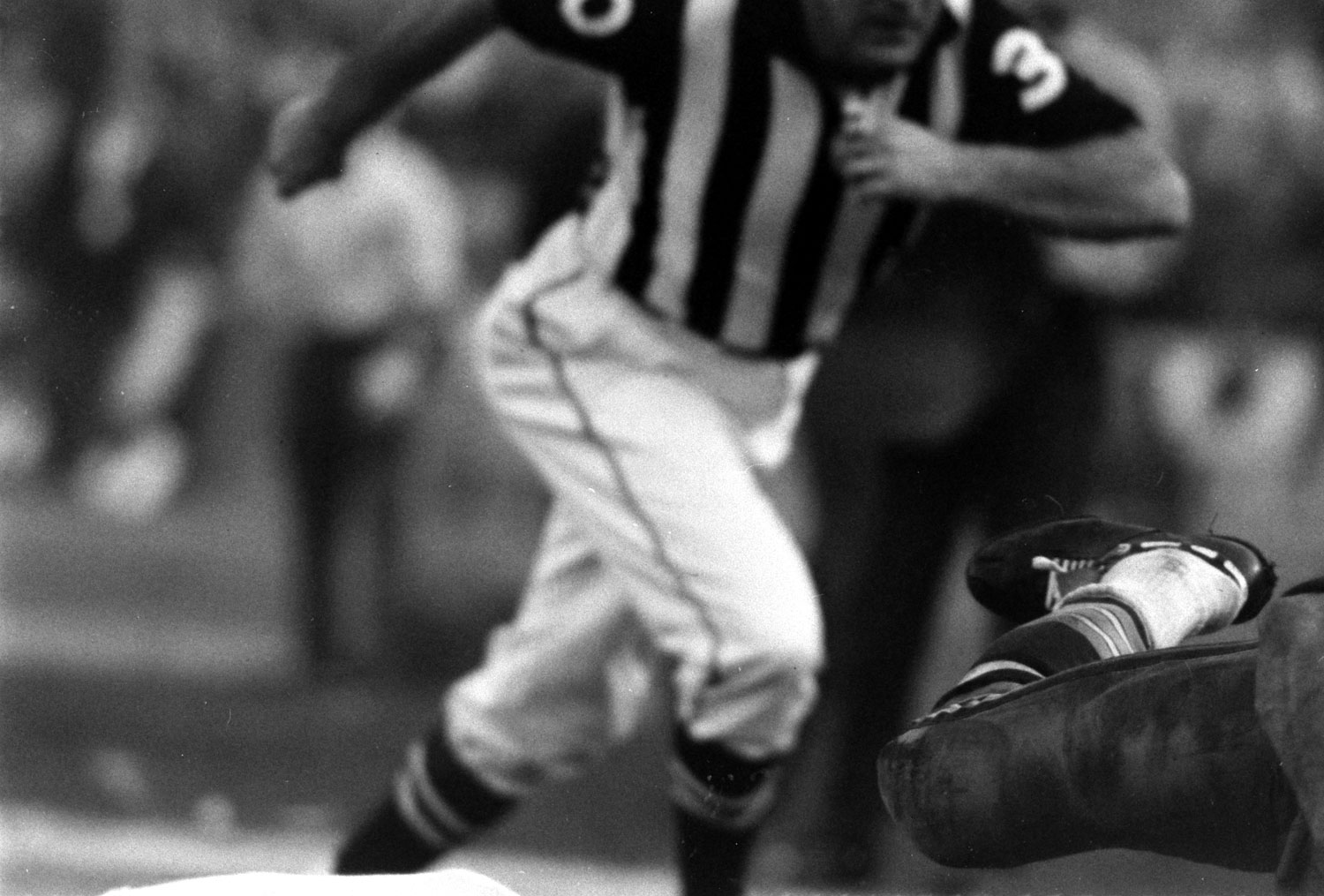

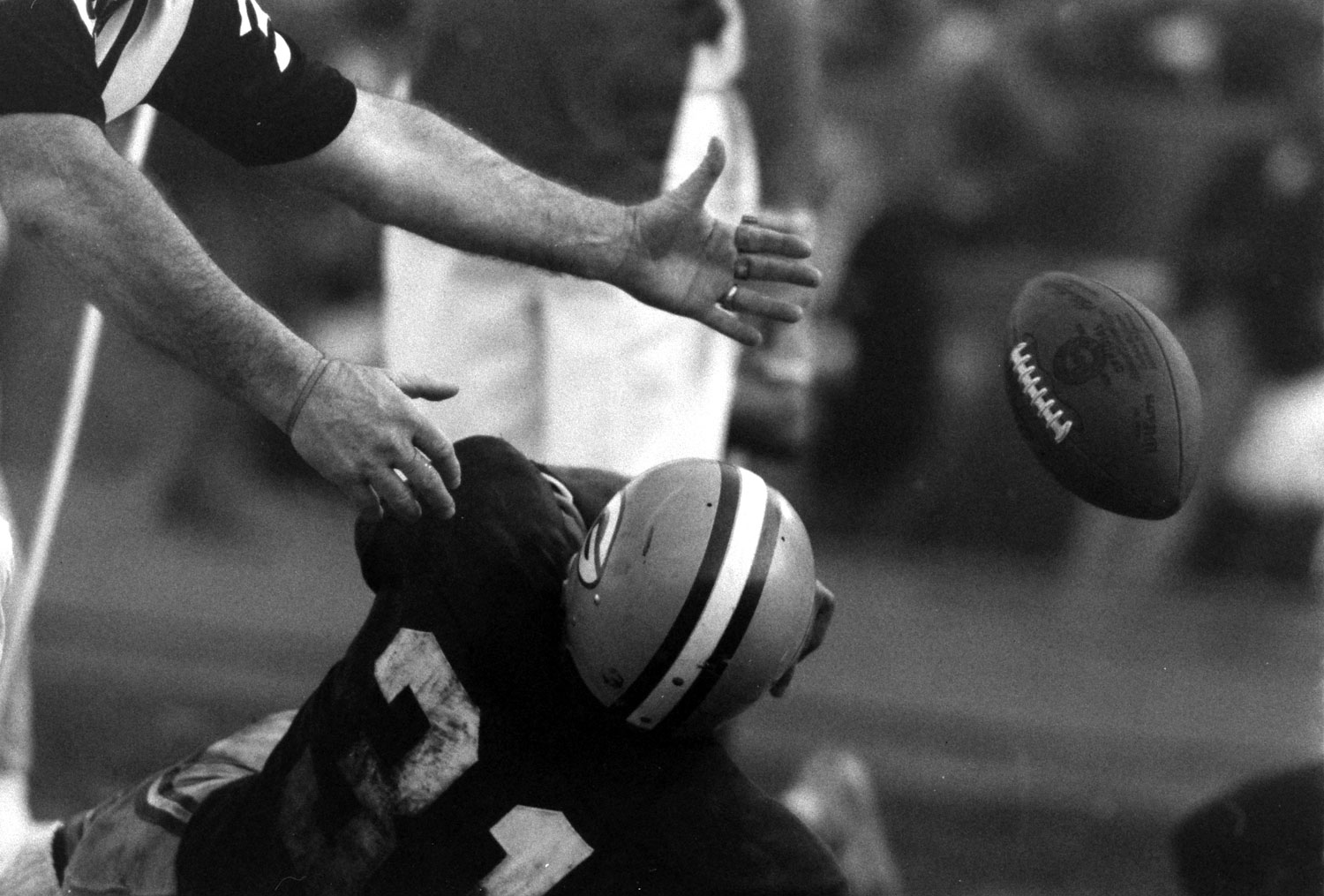
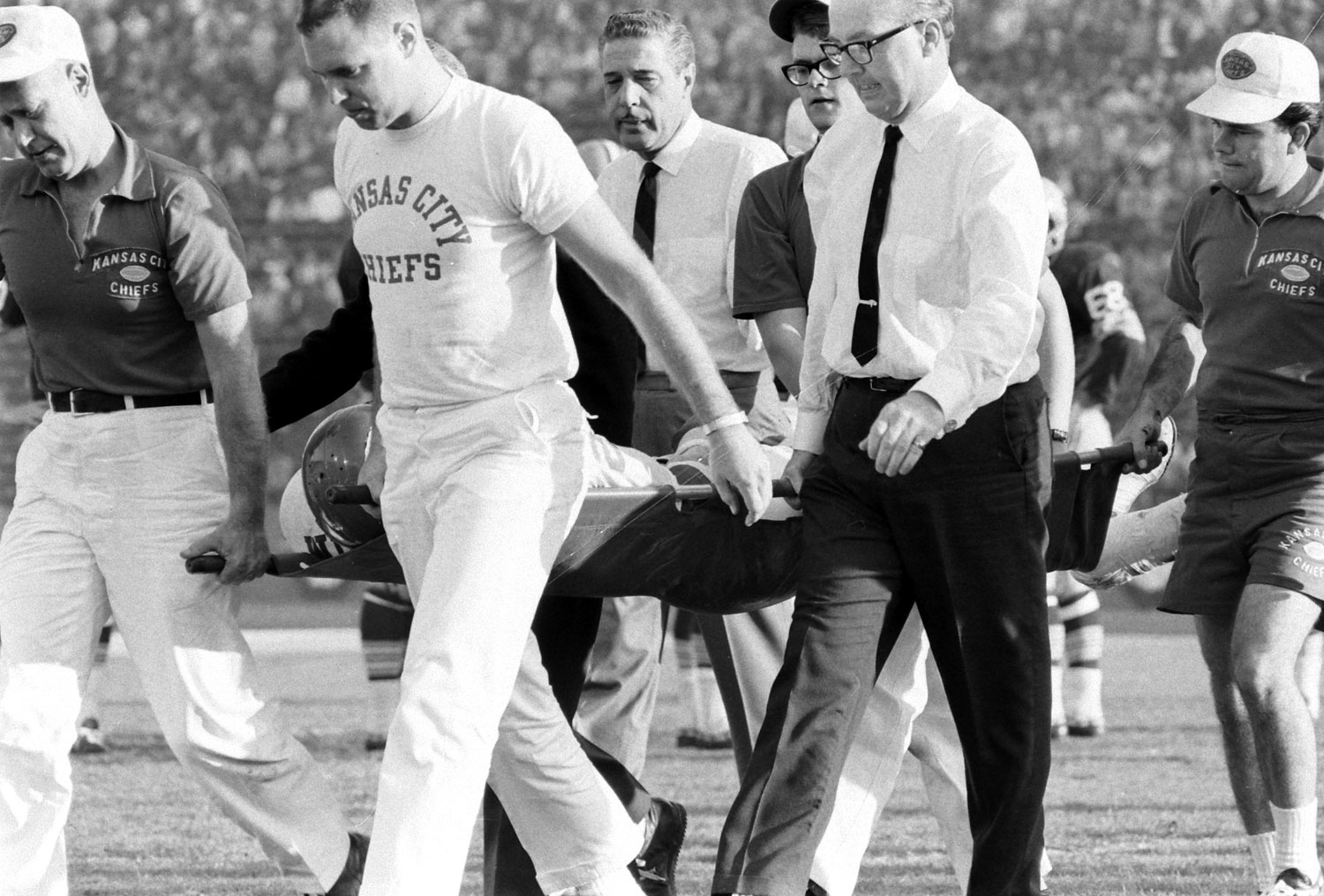
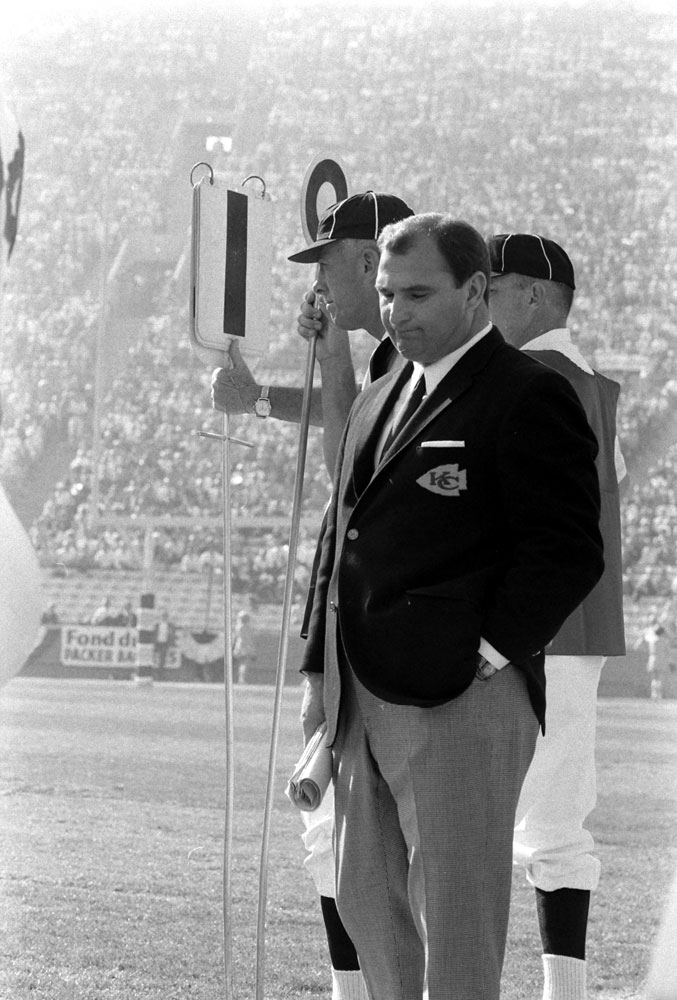
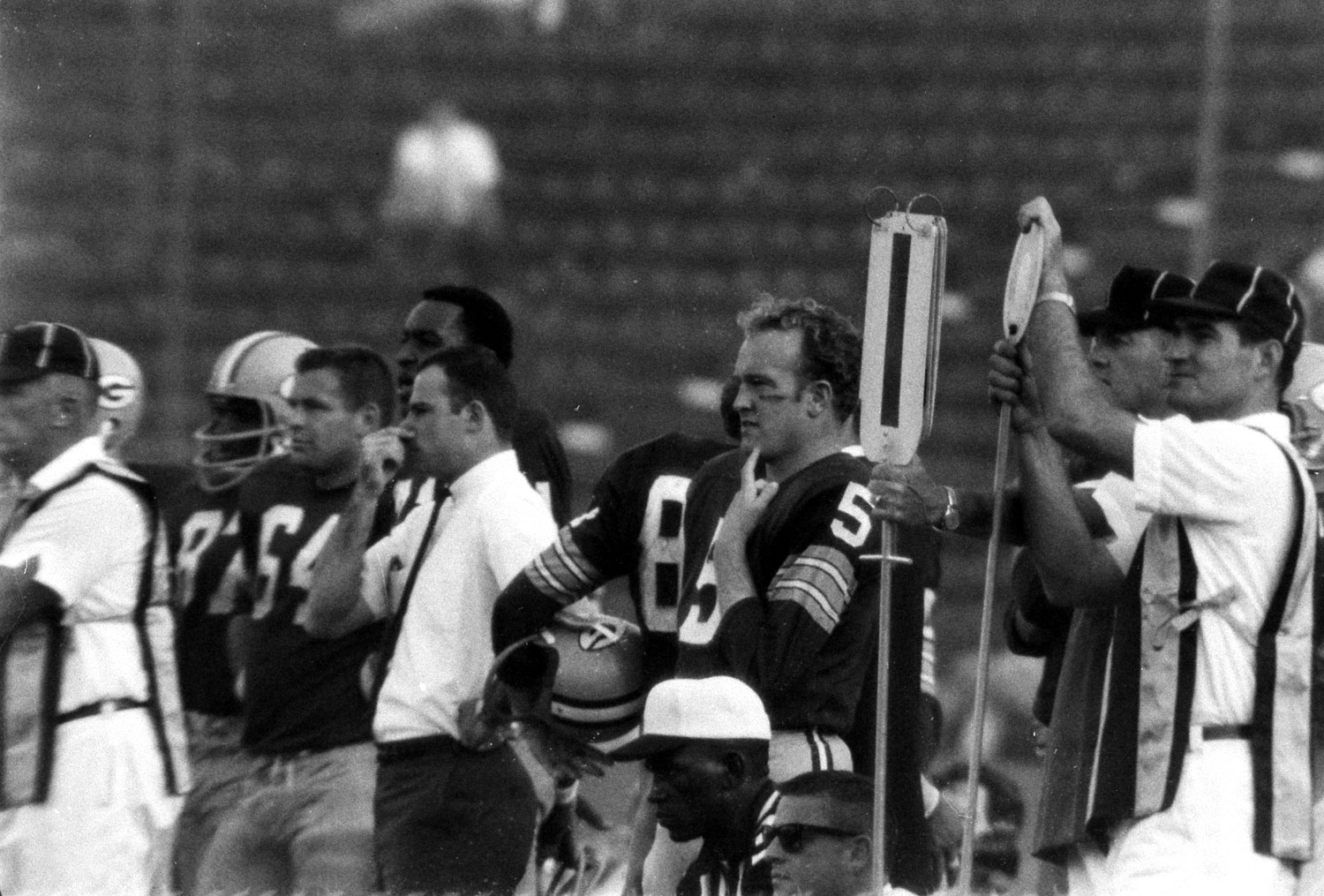
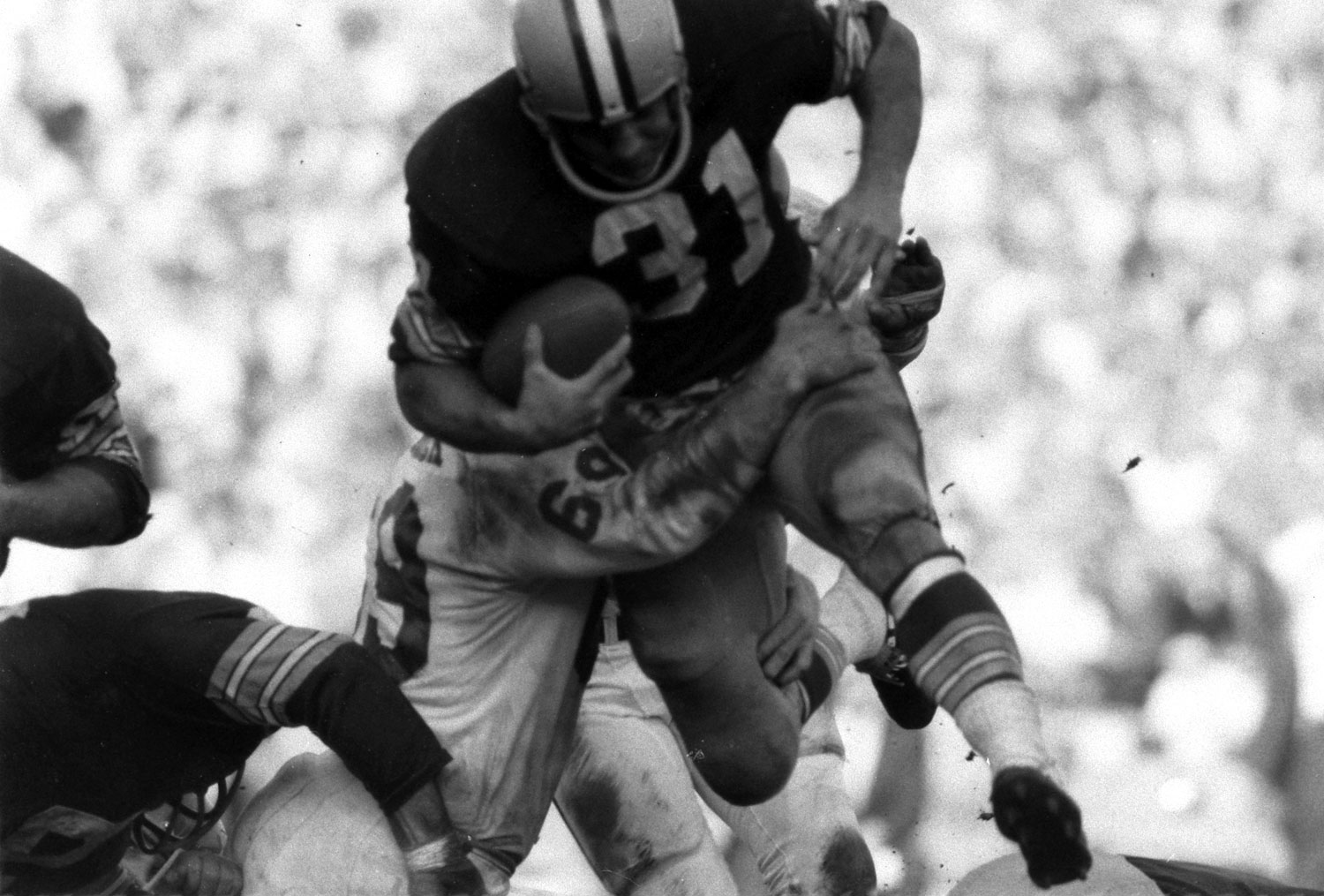
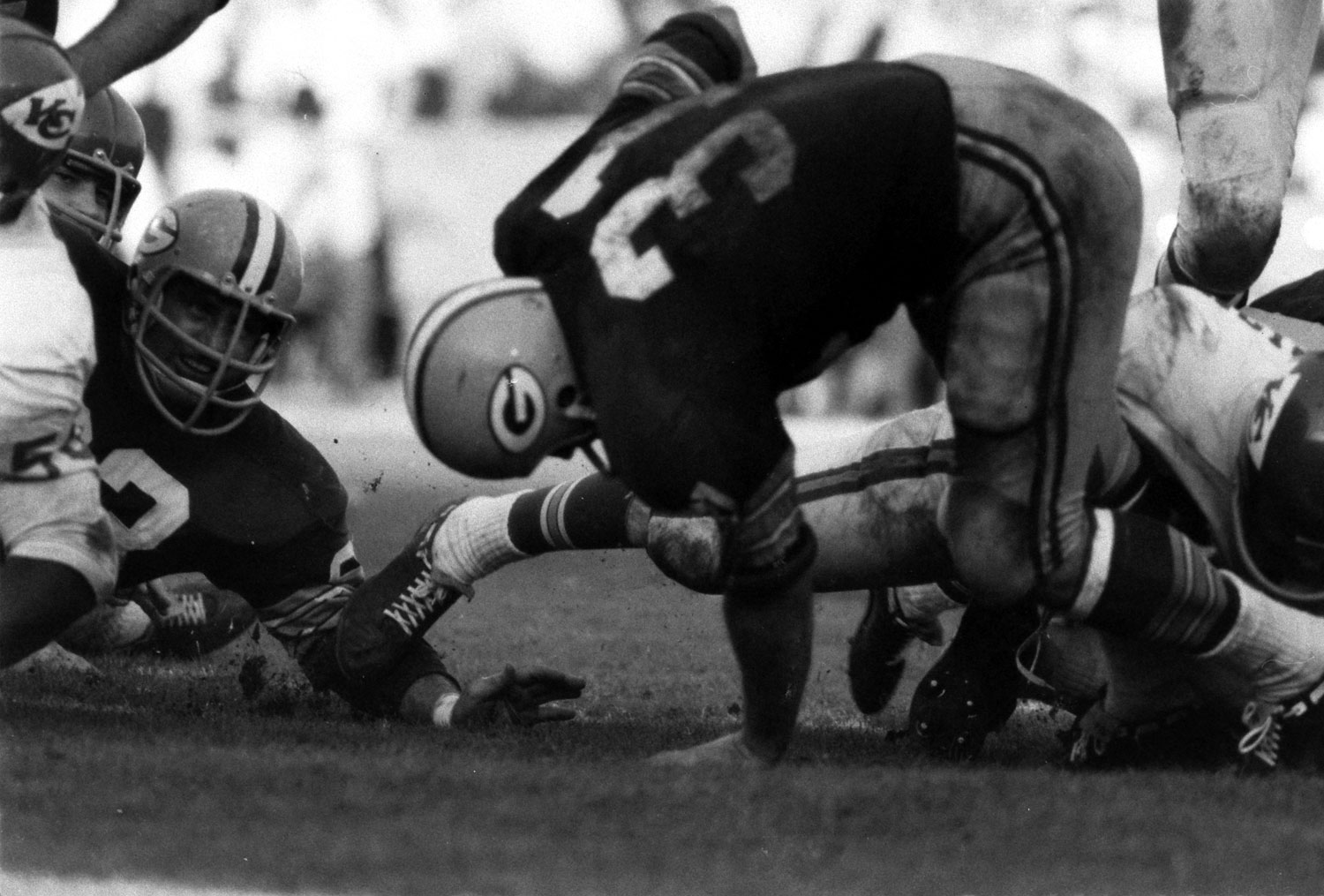
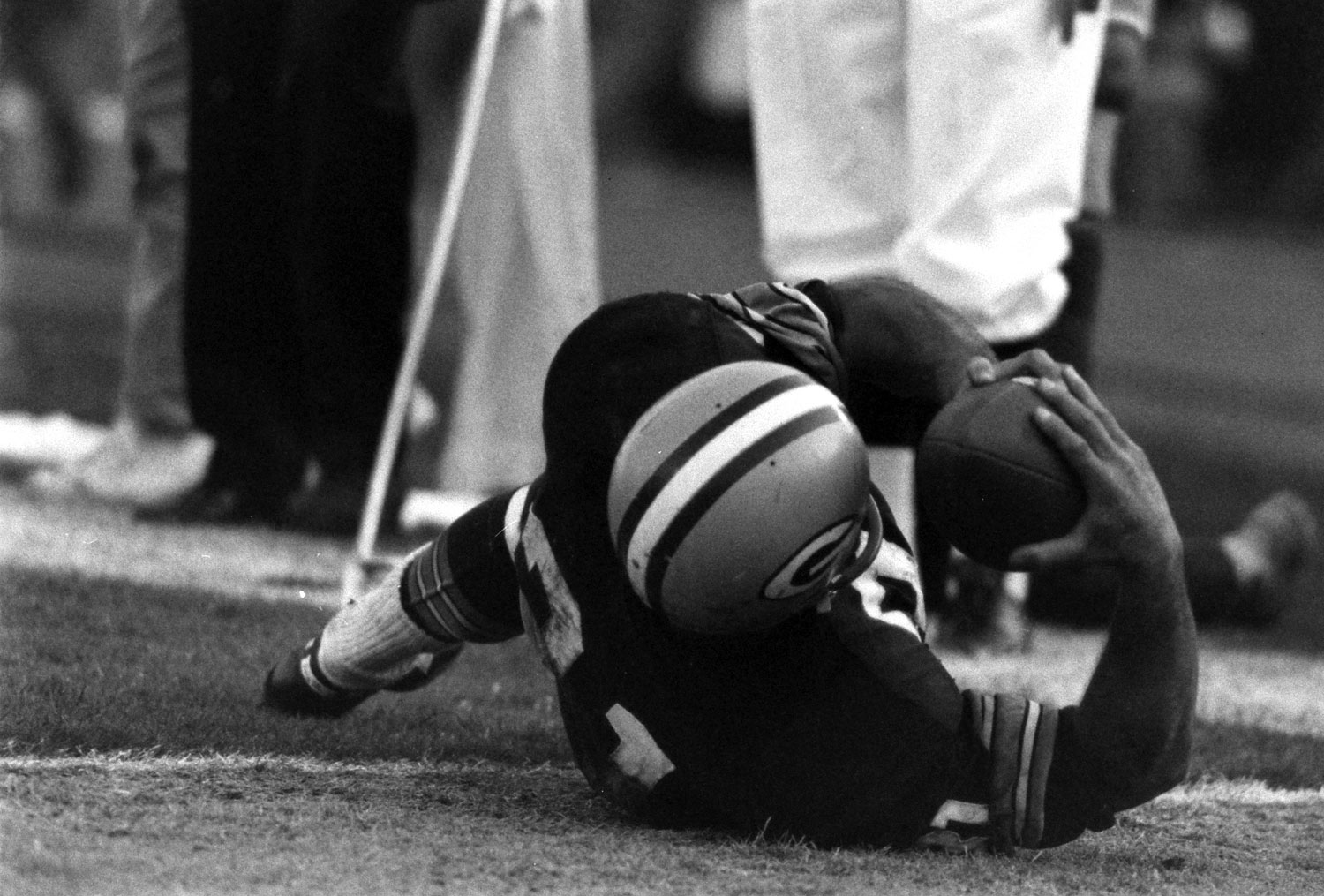

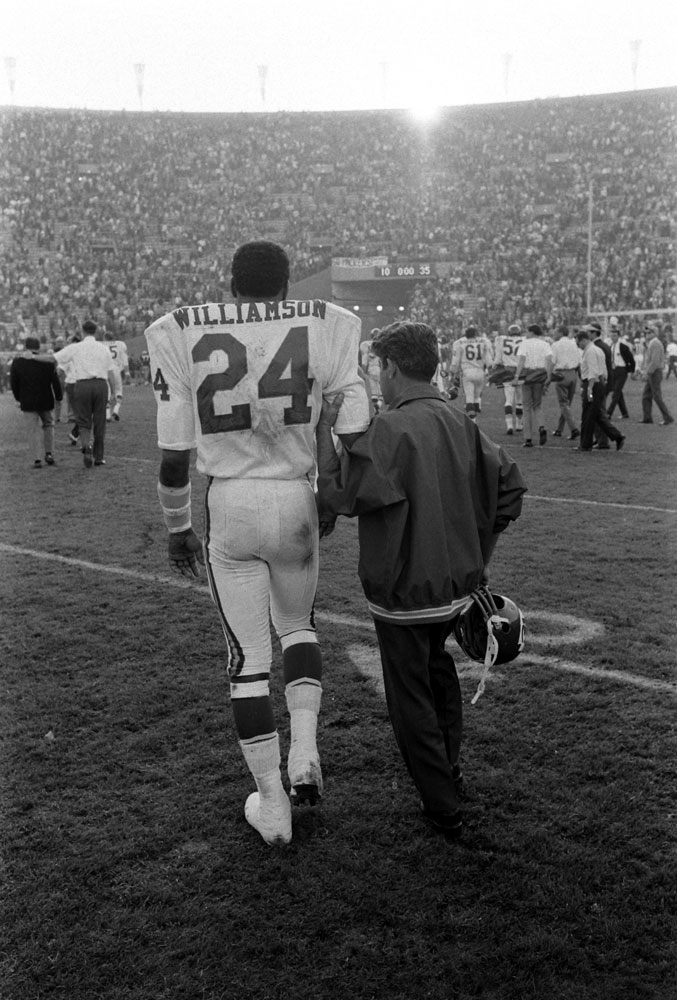
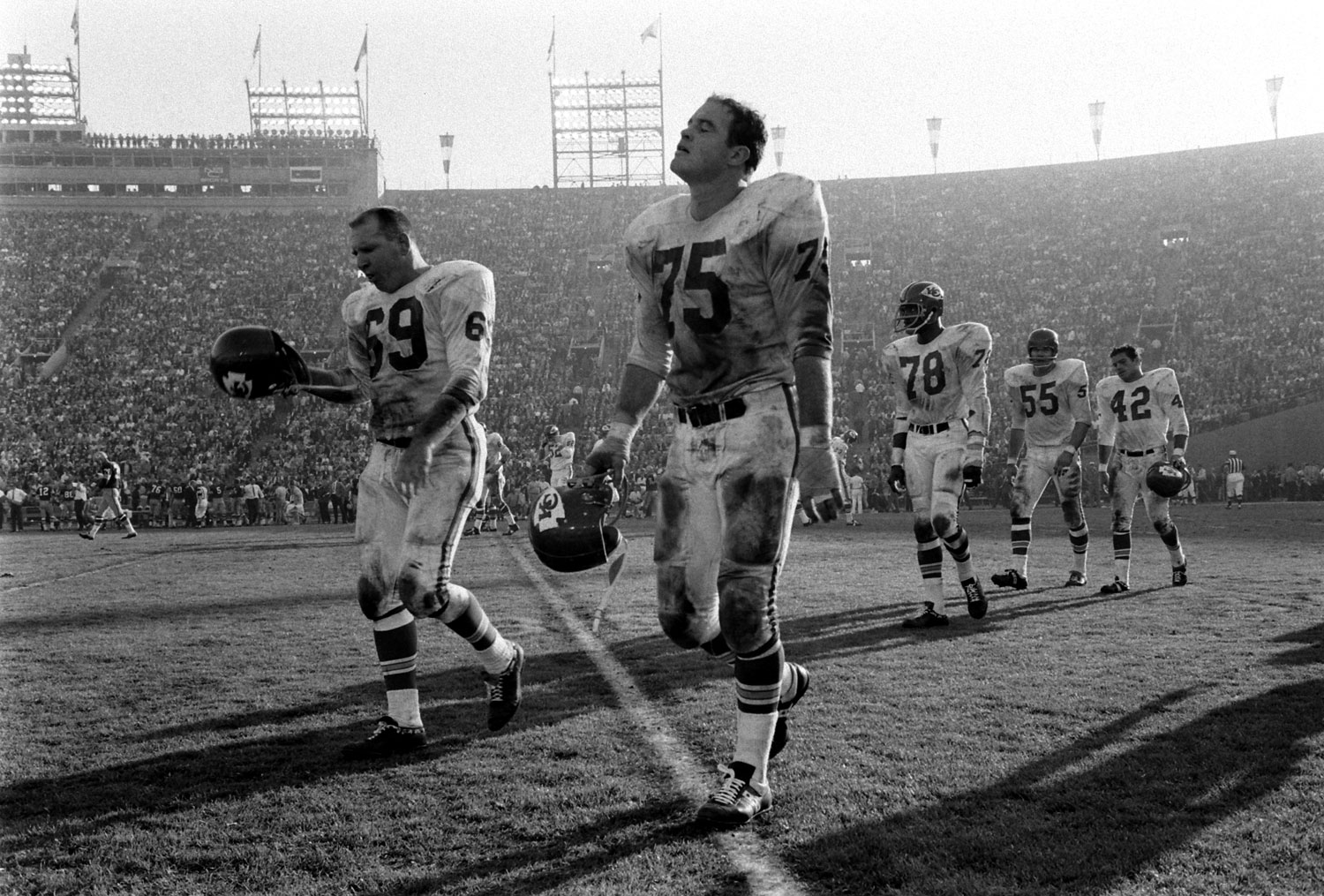
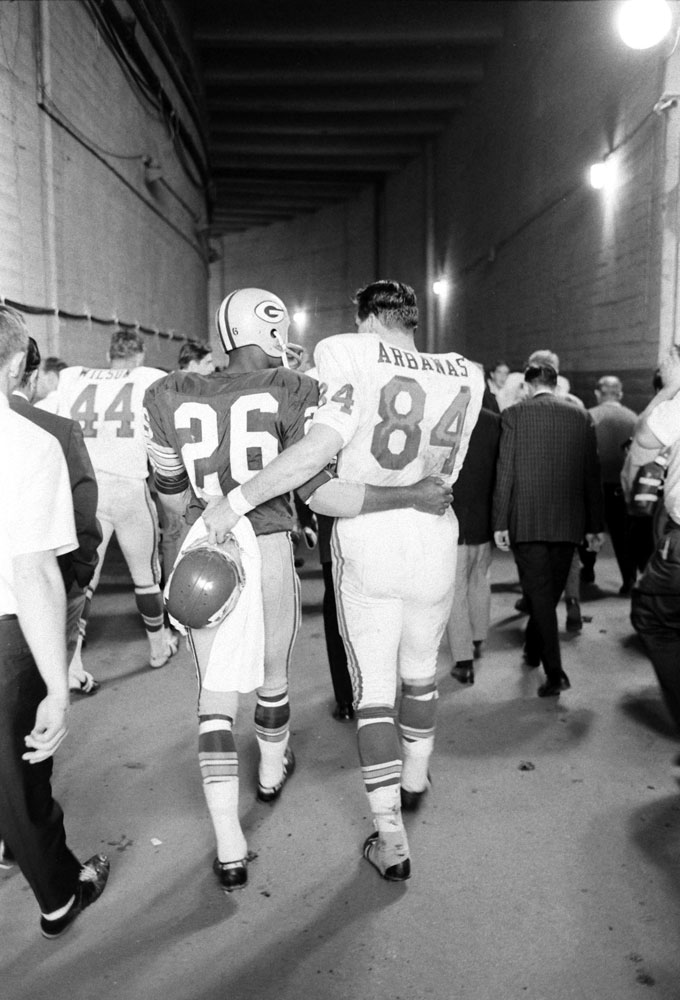
Read next: 49 Super Bowl Facts You Should Know Before Super Bowl XLIX
More Must-Reads from TIME
- Donald Trump Is TIME's 2024 Person of the Year
- Why We Chose Trump as Person of the Year
- Is Intermittent Fasting Good or Bad for You?
- The 100 Must-Read Books of 2024
- The 20 Best Christmas TV Episodes
- Column: If Optimism Feels Ridiculous Now, Try Hope
- The Future of Climate Action Is Trade Policy
- Merle Bombardieri Is Helping People Make the Baby Decision
Contact us at letters@time.com